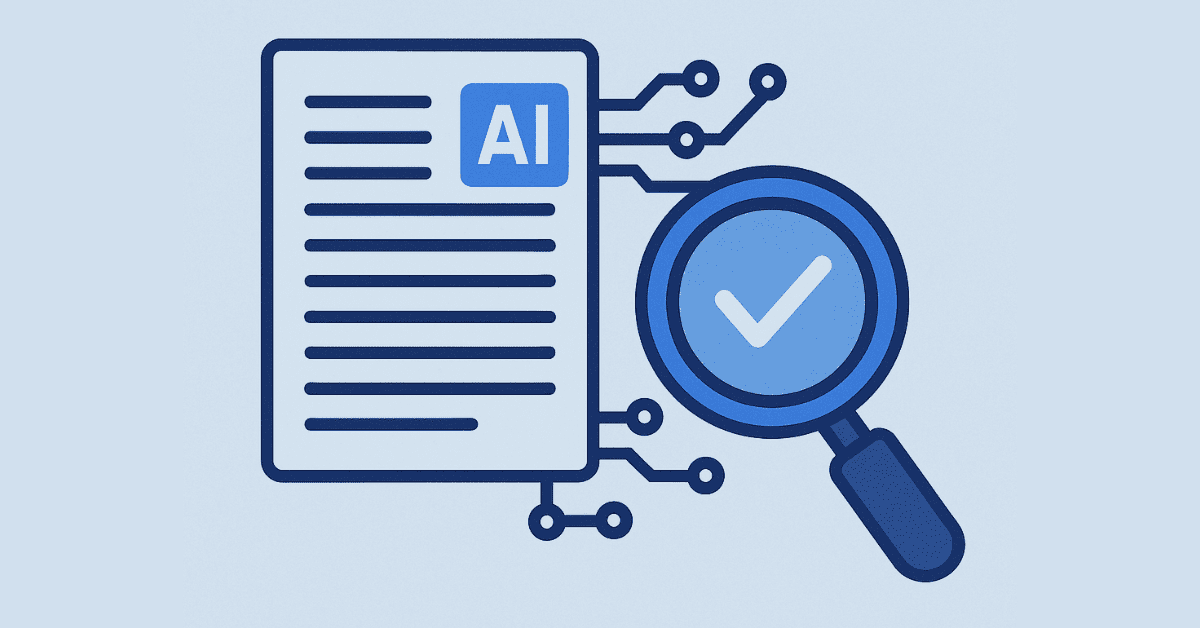How to Prevent Data Loss During CRM Migration
By Heinz Klemann on Jul 24, 2025 9:30:00 AM

Avoiding data loss during CRM migration is crucial for maintaining business continuity and ensuring customer satisfaction.
Understanding the Risks of CRM Migration
Migrating to a new Customer Relationship Management (CRM) system is a complex and challenging process that comes with several risks. One of the primary concerns is data loss, which can disrupt business operations and erode customer trust. Incomplete or incorrect data transfer can lead to significant issues, including the loss of critical customer information, transaction histories, and other essential data.
Additionally, there are risks associated with system compatibility, data integrity, and potential downtime during the migration process. Understanding these risks is the first step in mitigating them and ensuring a smooth transition to your new CRM system.
Pre-Migration Planning: Setting the Stage for Success
Effective pre-migration planning is crucial for a successful CRM migration. This involves conducting a thorough audit of your existing CRM system to identify and categorize all data that needs to be migrated. It's essential to involve key stakeholders from various departments to ensure that all critical data is accounted for and that the new system will meet the needs of all users.
Creating a detailed migration plan, including timelines, responsibilities, and contingency plans, will help prevent unexpected issues. Clear communication and training for all users on the new system will also facilitate a smoother transition.
Data Backup Strategies: Safeguarding Your Information
Before initiating the migration process, it's vital to implement robust data backup strategies. This ensures that in the event of any issues during migration, you have a secure and accessible copy of your data. Regular backups should be part of your ongoing data management strategy, but they are especially critical during a migration project.
Consider using multiple backup methods, such as cloud storage and physical backups, to add an extra layer of protection. Ensure that backups are tested and verified to confirm that they can be restored quickly and accurately if needed.
Testing and Validation: Ensuring Data Accuracy
Thorough testing and validation are essential steps in the CRM migration process. Once the data has been migrated, it's important to perform rigorous testing to ensure that all data has been accurately transferred. This includes checking for data completeness, accuracy, and integrity.
Involve end-users in the validation process to identify any discrepancies or issues that may have been overlooked. Conducting multiple rounds of testing and validation can help catch and resolve potential problems before the new CRM system goes live.
Post-Migration Best Practices for Data Integrity
After the migration is complete, ongoing monitoring and maintenance are crucial to ensure data integrity. Regularly review and audit the data within the new CRM system to identify and correct any issues that may arise. Implementing data governance policies and procedures can help maintain data quality and consistency over time.
Provide continuous training and support for users to ensure they understand how to use the new system effectively and follow best practices for data entry and management. This will help prevent errors and ensure that your CRM system remains a reliable and valuable tool for your business.
You May Also Like
These Related Stories

How to Bypass AI Content Detection

Digital Marketing Trends 2025: AI Content, CRM Automation, and First-Party Data

